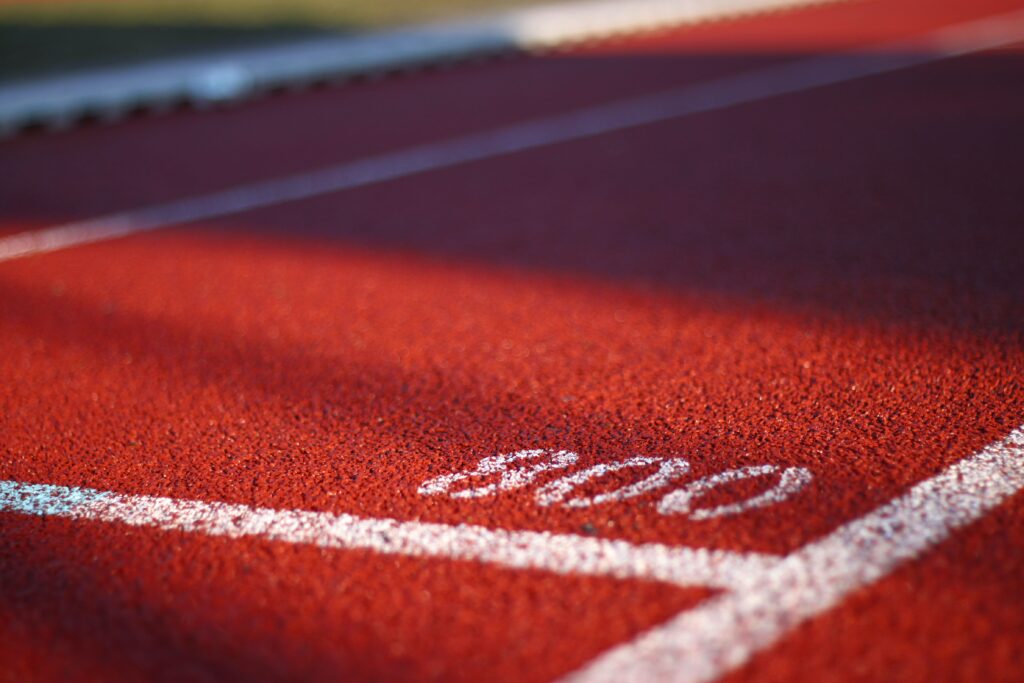Do I Need to Periodize?
The main value of periodization for all trainees comes from the fact that you cannot optimally impro...
| July 3, 2021
Read time: 3 min.

You might be new to the gym and find yourself wondering where you should begin. Everyone who has ever stepped foot into a gym and has stuck with it for an extended time frame has gone through the initial start up phase.
It's crucial while forming good habits, which can form into lifestyles, that each individual finds their own directive. To set goals early is a good way to ensure success in the facility, and to take care of health in whatever manner is best suitable to the individual. With that being said, primal movement patterns and assessing them right off the start is a great way to set a bearing. No matter what sport or form of fitness that any athlete or gym member chooses they will always find a direct link back to primal movement patterns. Those patterns are as follows.
Squat - The squat is my personal favorite exercise in existence, there’s nothing better than getting back up after something has literally taken you down, to learn how to properly pivot mechanically is a skill that is developed over several years and hours of hard practice, it take patience, skill, mindset and perseverance. An assessment of the squat can reveal several things about the way a person's body moves. It can reveal hip mobility and function, ankle mobility, leveraging advantages, areas that are compensating (imbalances) spinal deviations, areas in the fascia that may require attention (plantar fascia) it may reveal weaknesses in the joints and may also be a direct link to pain in the back, knees, and more
Push - A push assessment is good at showing you the different ways that you may either push your body from the floor, or weight away from the body as it undergoes gravitational force.
Pull - An upper body pull test is a good way to see how healthy the rotator cuff muscles function as well as the interaction between the posterior muscles and the scapula (shoulder blade)
Lunge - A backward and forward lunge test is one of the best ways to expose imbalances in the hips, knees and the joints that support them, it can test endurance and stability as well. In an asymmetrical movement such as the lunge, you may be able to spot areas that are overworking that may not reveal themselves in a bi-lateral movement such as the squat (bi-lateral meaning a movement where both limbs are in unison)
Plank - This static exercise will not only show things such as uneven distribution of abdominal pressure (coning of the midsection) which can be BAD for any Strength athlete in terms of hernias or any gym attendee for that matter, but it can be tested in a matter of time frame, where the body uses synergy of all areas to create static stability under gravity, it will reveal any areas that can be weaker around two of some of the most important areas and their surrounding muscles, the pelvis (hip) and the scapula (shoulder blades) an anterior / posterior tilt in excess may be quickly revealed in which will also remind you of what area needs work. The shoulder blades may also retract and display things such as winging, which can tie into habits harder to break late than early.
Hinge - The hinge will show you how responsive you are to articulating force through the posterior chain and how static and tight you can remain from the upper torso while performing that action. If you can not properly perform a hinge movement with light weight and contact the right areas to perform the movement or otherwise feel pain or discomfort especially in the lower back, you have not yet taught yourself how to effectively hip hinge and should probably practice it before moving onto a heavy compound movement such as the barbell deadlift, this is typically where you see the lumbar spine leading into flexion, generally ego tied in with lack of understanding how to truly hinge safely.
When you can confidently say that you have checked off the list of the exercises and primal movement patterns labelled above, you can prepare yourself to safely load more resistance progressively into those patterns in which thereafter you can choose a sport that best favors whichever you find yourself skilled at.
New articles, content with tips, inspiration, and coaching directly to your inbox.